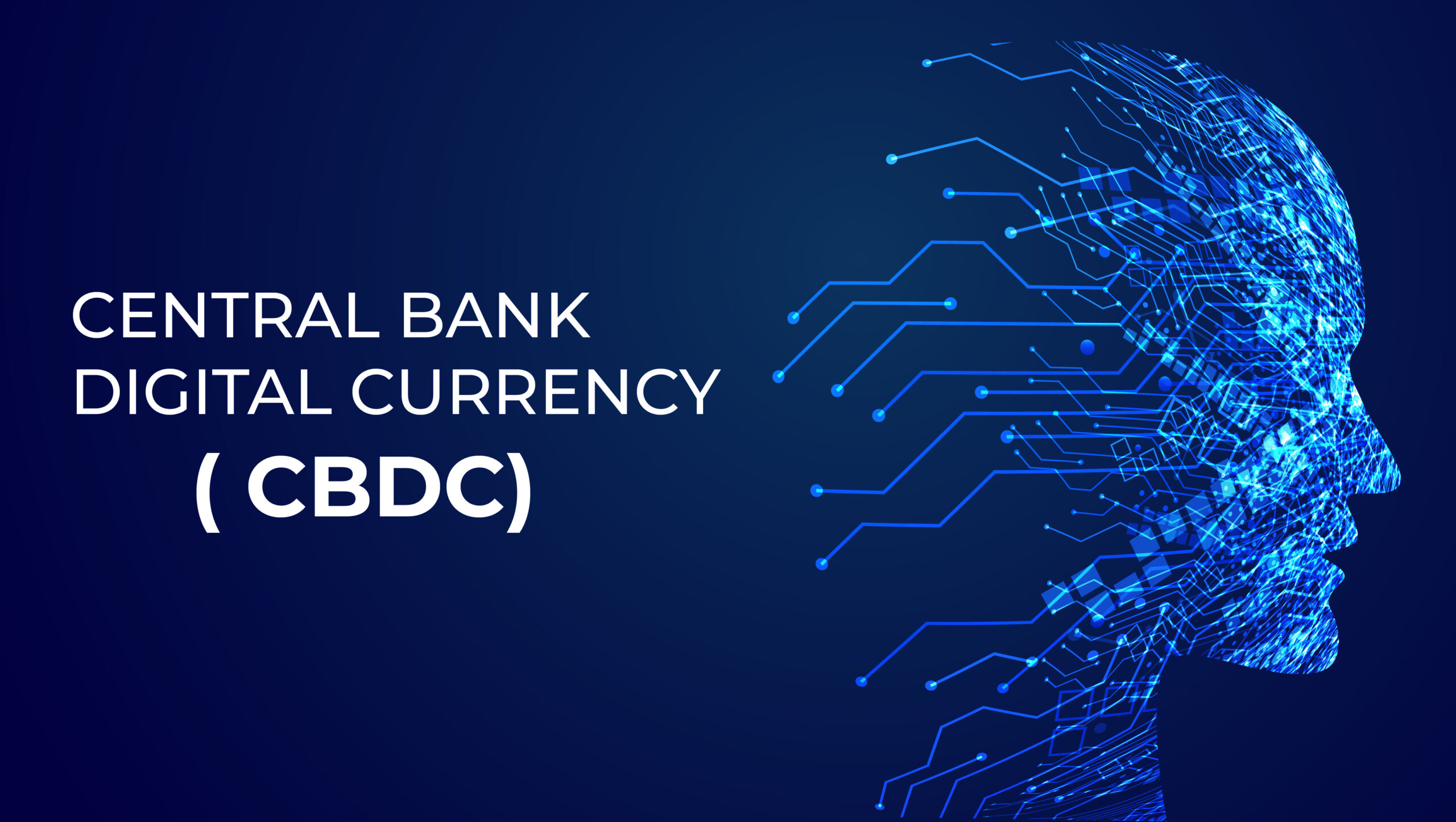Join Our Telegram channel to stay up to date on breaking news coverage
One of the key attraction points for digital currency or CBDC transactions is the ability to provide anonymity and privacy for users. Due to this reason, most people resort to digital assets as payment methods.
Remarking at the June 13 Transform Payments USA Conference in Texas, the Treasury Department’s Assistant Secretary for Financial Institutions, Graham Steele, suggested the importance of privacy and security in retail CBDC. The official noted that the US should consider privacy in new digital dollar designs.
Steele’s Remark on Potential CBDC Development
Steele spoke about the US Federal Reserve’s FedNow system and Central Bank Digital Currencies (CBDCs). Steele further said retail CBDCs should maintain user privacy while minimizing illegal transactions.
He highlighted the risks in instant and cross-border payment systems, including error identification and fraud response. The official suggested that there should be considerations to mitigate such risks.
He noted that despite the challenges in preventing illegal transactions associated with CBDC while ensuring user privacy, the Feds still need to consider protecting user anonymity.
“It is important that we consider the extent to which privacy and anonymity might be preserved and explore the technologies and methods available, including Privacy Enhancing Technologies, to enable such protections in the design of any potential retail CBDC,” said Graham Steele.
Steele Highlights the Benefits of Digitizing Financial Services
Steele compared the benefits and risks of a potential CBDC design, noting it could foster a competitive payment environment. The benefits could outweigh the risks since the Fed would directly back any potential CBDC.
Having a CBDC directly backed by the FED could provide a safer option for consumers, particularly during bank runs, which, according to Steele, could “destabilize private sector lending.”
The Treasury official cited the recent banking crisis that led to the collapse of top US banks. He said the access to non-deposit alternatives outside the banking system could have made a difference. It could have changed nature and probably watered down the speed of bank runs.
Furthermore, Steele said the United States has not determined whether it will pursue a CBDC. However, a Treasury-led group has started evaluating the implications of having a CBDC (digital dollar).
According to Steele, “The group will evaluate policy objectives related to global financial leadership, national security, privacy, illicit finance, and financial inclusion.”
Steele believes these policy objectives are priorities to be considered in a potential CBDC design.
As such, he added that “striking the right balance between these priorities, and realizing potential benefits while minimizing risks, would depend on the design of both policy and technology”
In addition, Steele thinks the FedNow instant payments system should have multiple payment operation options to promote choice and competition.
He believes choice and competition in payments will encourage innovation in payment services while enhancing the payments system’s resilience.
Join Our Telegram channel to stay up to date on breaking news coverage


